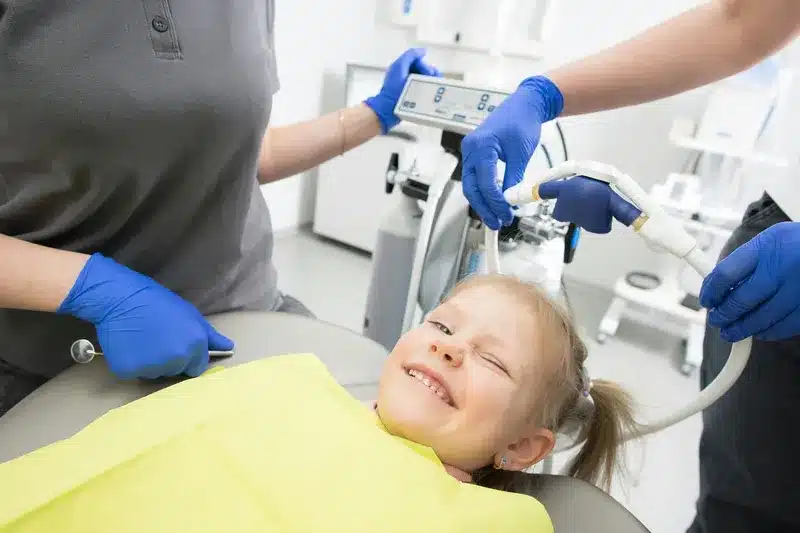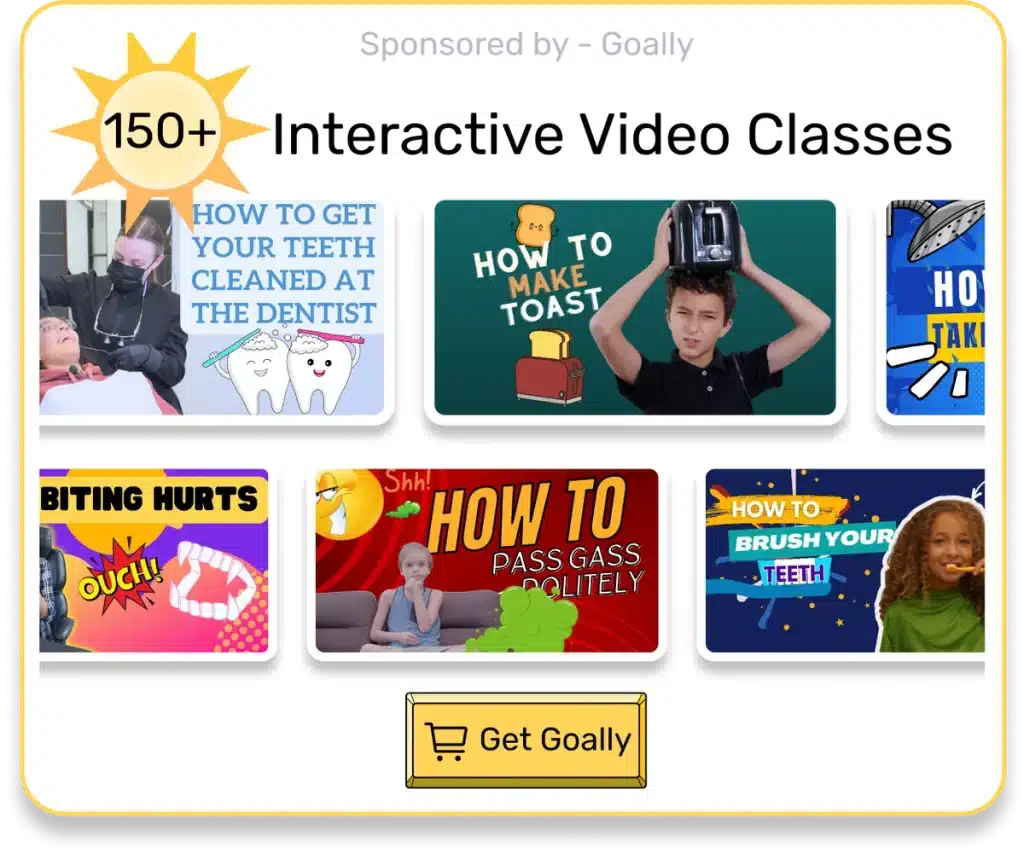As a child educator, I’ve had the privilege of working with children from all walks of life, including those with special needs and learning differences. While my primary focus is on nurturing their young minds and helping them reach their full potential, I’ve come to appreciate the importance of overall health and well-being, including dental hygiene for kids.
Table of Contents
Start Early and Lead by Example
I remember when my niece was just a baby, my sister would gently clean her gums with a soft, damp cloth after each feeding. As soon as that first tooth appeared, she switched to a soft-bristled toothbrush. By starting early and being consistent, she helped her daughter develop a positive association with oral care.
As a parent, you are your child’s biggest role model. When you prioritize your own dental hygiene for kids, they’ll be more likely to follow suit. Brush and floss alongside your child, making it a fun family activity. You can even play their favorite song or set a timer to ensure they brush for the recommended two minutes.
Choose the Right Tools
Selecting the appropriate toothbrush and toothpaste can make all the difference in your child’s oral care experience. Look for a soft-bristled toothbrush with a small head that fits comfortably in their mouth. Fun colors and beloved characters can make brushing more appealing to kids.

Read more: How to Brush Your Teeth
When it comes to toothpaste, the American Dental Association recommends using a pea-sized amount of fluoride toothpaste for children ages 3-6. For younger kids, a rice-grain sized amount of non-fluoride toothpaste is sufficient. Teach your child to spit out the toothpaste rather than swallowing it to avoid ingesting too much fluoride.
Make It Fun and Engaging
Turning dental hygiene for kids into a game can help keep them motivated and engaged. Create a reward system using stickers or a chart to track their brushing and flossing progress. Celebrate milestones with small, non-food rewards like a new book or a trip to the park.
You can also incorporate educational videos, apps, or books that teach about oral health in a fun and relatable way. The more your child understands about the importance of healthy teeth and gums, the more invested they’ll be in their own dental care.
Goally | The Tablet for Neurodiverse Kids

Encourage Healthy Eating Habits
What your child eats and drinks can have a significant impact on their oral health. Sugary and acidic foods and beverages can erode tooth enamel and contribute to cavities. Encourage your child to eat a balanced diet rich in fruits, vegetables, lean proteins, and whole grains.
When your child does indulge in sugary treats, have them brush their teeth afterwards to minimize the risk of tooth decay. If brushing isn’t possible, drinking water can help rinse away some of the sugar and acid.
Schedule Regular Dental Check-Ups
The American Academy of Pediatric Dentistry recommends that children visit the dentist by their first birthday or within six months of their first tooth appearing. Regular dental check-ups allow for early detection and treatment of any issues, as well as professional cleanings and fluoride treatments.
If your child feels anxious about dental visits, consider role-playing at home or reading books about going to the dentist. Many pediatric dental offices are designed with kids’ comfort in mind, offering distractions like toys, games, and televisions.

Goally | Best Videos to Teach Life Skills
Give your kid an independent future. Goally has 100+ video classes teaching life skills like “How to Choose a Restaurant,” “How to Interrupt Politely,” and “How to Get Ready for School.”
Goally takes kids on an adventure that includes interactive practice and checkpoints along the way! No web browsers, YouTube, or social media.
Teaching your child proper dental hygiene is an investment in their lifelong health and well-being. By starting early, leading by example, making it fun, encouraging healthy habits, and scheduling regular check-ups, you can help your child develop a positive relationship with oral care. Remember, every small step you take now can make a big difference in your child’s smile for years to come.
Additional Resources:
- MouthHealthy.org – Babies and Kids: The American Dental Association’s comprehensive guide to children’s oral health at every stage.
- HealthyChildren.org – Teething and Dental Hygiene: The American Academy of Pediatrics offers practical tips for parents on teething, brushing, and dental visits.
- Colgate.com – Kids Oral Care: Colgate provides a wealth of information and resources for parents, including articles, videos, and interactive games to engage kids in learning about oral health.
FAQ’s About Dental Hygiene for Kids
When should I start brushing my child's teeth?
Begin brushing your child's teeth as soon as the first tooth appears, usually around 6 months of age.
How much toothpaste should I use for my child?
For children under 3, use a smear of toothpaste the size of a grain of rice. For children 3-6 years old, use a pea-sized amount.
How often should my child brush their teeth?
Children should brush their teeth twice a day, once in the morning and once before bedtime, for two minutes each time.
When should I take my child to the dentist for the first time?
Schedule your child's first dental visit by their first birthday or within six months of their first tooth appearing.
How can I make tooth brushing fun for my child?
Make tooth brushing enjoyable by using colorful toothbrushes, playing music, or turning it into a game like "brush the sugar bugs away."
Emily is a seasoned blog writer for Goally, leveraging her extensive background in child psychology and special education to provide valuable insights and resources for parents. Her commitment to understanding and addressing the unique needs of these children, combined with her expertise in educational strategies, makes her a credible and empathetic voice for families.





